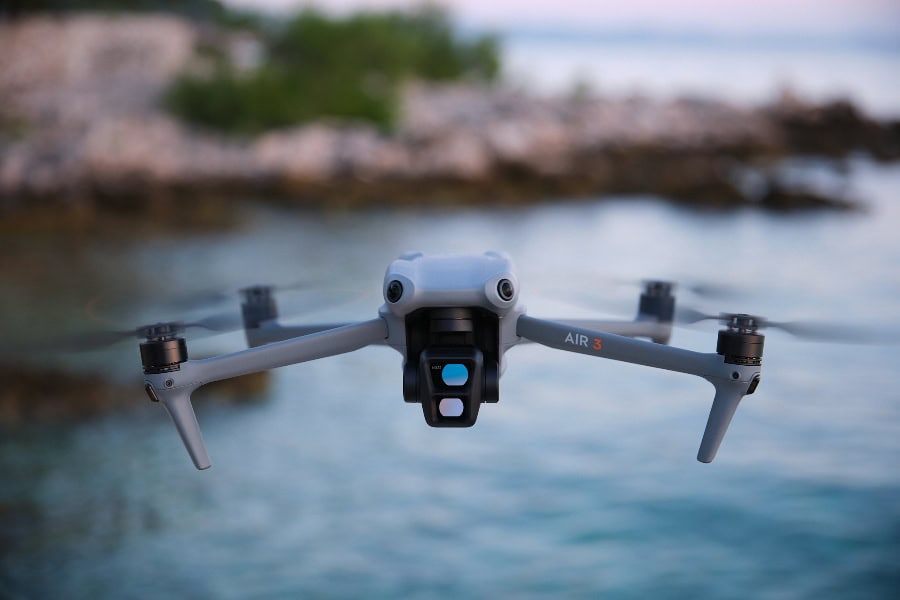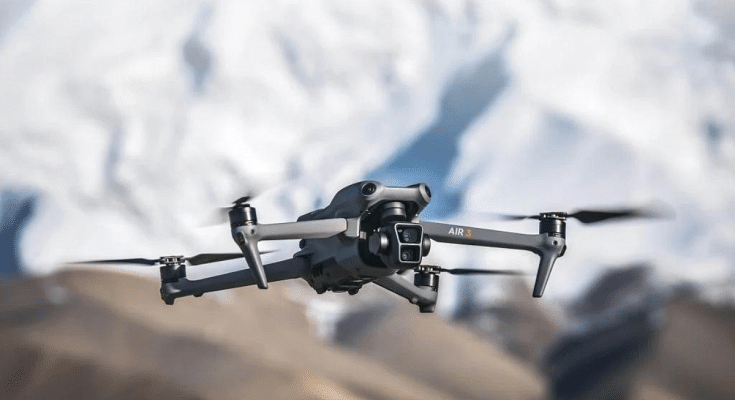How to Create a Drone for Breathtaking Aerial Photography?
The field of professional photography has undergone a remarkable transformation with the introduction of drones. Photographers are constantly seeking innovative methods to capture stunning images, and building a drone customized to your specific needs can significantly enhance your results. In this article, we will guide you through how to create a drone specifically geared for exceptional aerial photography. From selecting the appropriate components to understanding safety regulations and crucial advice for success, we've got you covered.
Drones have revolutionized the realm of photographic possibilities. With a few essential components and a dash of creativity, you can assemble a drone tailored to your unique requirements, ultimately elevating your photography game. Whether you aim to shoot expansive landscapes, fast-paced action moments, or intriguing perspectives, mastering how to create a drone will give you a distinct advantage in your work.

Grasping the Fundamentals of Drone Design
Before proceeding with the intricacies of building a drone, it's essential to familiarize yourself with the basic components that constitute a drone. These include:
- Frame: The drone's structure, which can be constructed using various materials such as carbon fiber or plastic.
- Motors: Functioning to lift the drone off the ground.
- Propellers: The blades responsible for generating thrust and lift.
- Flight Controller: The drone's brain that controls its movements.
- Battery: The energy source that powers the drone, determining how long it can fly.
- Camera: The essential element of aerial photography, which should be lightweight yet of high quality.
- GPS Module: For accurate navigation and positioning.

Selecting the Right Components
Once you have a solid understanding of the key components, it's time to choose the right ones for your drone. Keep these factors in mind:
1. Picking the Frame
For aerial photography, a frame that is both lightweight and robust is crucial. Explore options like carbon fiber or aluminum. The size of the frame will also depend on the type of camera you intend to use; a larger frame allows for more functionality but adds weight.
2. Choosing Motors and Propellers
It's vital that your motors and propellers work in perfect harmony. The size of the motors affects how much weight your drone can carry, which impacts not only the camera but any additional equipment you may want to include.
3. Features of the Flight Controller
The flight controller is responsible for everything from stabilization to GPS navigation. Look for controllers that offer autonomous flight modes, providing significant advantages for photographers.
4. Camera Selection
For professional photographers, selecting the camera is key. Consider using a gimbal for stabilization, and ensure your camera is light enough for your drone while still delivering high-quality images.

The Assembly Process
Now that you've gathered all your components, it's time for the exciting partputting together your drone:
1. Build the Frame
Begin with assembling the frame following the manufacturer's instructions. Make sure everything fits securely to withstand any vibrations during flight.
2. Attach the Motors
Next, securely fasten the motors to the frame. Most motor kits include mounting hardware; stick to the provided instructions for effective installation.
3. Connect the Flight Controller
The flight controller is critical; therefore, follow the wiring guide meticulously. Connect it to the motors and the battery according to the kit instructions.
4. Secure the Camera
With your drone now assembled, it's time to securely mount the camera using a gimbal to ensure steady image capture.

Testing and Calibration
After building your drone, it's essential to conduct testing and calibration:
1. Pre-Flight Inspections
Before taking off, perform a thorough pre-flight check. Confirm that all components are tightly connected, and the battery is fully charged.
2. Calibration
Calibrate your drone as per the manufacturer's guidelines, including compass calibration and verifying that everything operates correctly.
Safety and Regulations
As a professional photographer, it's crucial to understand the legal aspects surrounding drone photography. Compliance with local laws and regulations is essential:
- Register your drone with the FAA if required.
- Follow drone laws in your area.
- Be aware of where you can and cannot fly, avoiding private properties and sticking to designated airspaces.
Creative Aerial Photography Techniques
With your drone built, it's time to explore various photography styles:
1. Captivating Aerial Panoramas
Use your drone to capture stunning panoramic images by taking multiple shots and stitching them together.
2. Engaging Dynamic Tracking Shots
For fast-paced events, utilize your drones tracking capabilities to keep the subject in frame while it moves.
3. Discover Unique Angles
Get creative: fly low to the ground for distinctive perspectives or ascend high to capture wide-ranging landscapes.
Conclusion
Building your own drone can be not only a cost-effective solution but also allows photographers to create customized tools for their aerial photography. As you embark on this exhilarating journey, stay informed about the latest advancements in drone technology and adhere to regulations.
FAQs
What materials are best for building a drone?
For the frame, carbon fiber or high-strength plastics are recommended as they offer durability while being lightweight.
How long does it take to assemble a drone?
The assembly time varies based on your experience and the complexity of the drone, typically ranging from a few hours to a couple of days.
Where can I find resources for drone photography?
Check out national resources for guidelines and tips on drone photography.
As an Amazon Associate, I earn from qualifying purchases.

